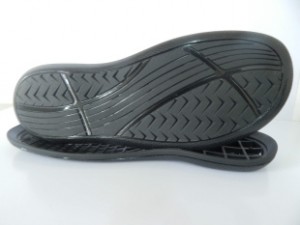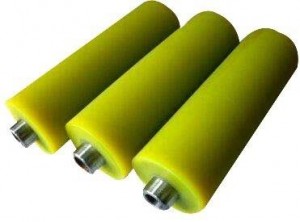Both TDI and MDI are a kind of foam material in polyurethane production, and they can replace each other to a certain extent, but there are no small differences between TDI and MDI in terms of structure, performance and subdivision use.
1. The isocyanate content of TDI is higher than that of MDI, and the foaming volume per unit mass is larger. The full name of TDI is toluene diisocyanate, which has two isocyanate groups on one benzene ring, and the isocyanate group content is 48.3%; the full name of MDI is diphenylmethane diisocyanate, which has two benzene rings and the isocyanate group content is 33.6%; Generally, the higher the isocyanate content, the larger the unit foaming volume, so compared with the two, the TDI unit mass foaming volume is larger.
2. MDI is less toxic, while TDI is highly toxic. MDI has a low vapor pressure, is not easy to volatilize, has no irritating odor, and is less toxic to humans, and has no special requirements for transportation; TDI has a high vapor pressure, is easy to volatilize, and has a strong pungent odor. There are strict requirements.
3. The aging speed of MDI system is fast. Compared with TDI, MDI system has fast curing speed, short molding cycle and good foam performance. For example, TDI-based foam generally needs 12-24h curing process to achieve the best performance, while MDI system only needs 1h to achieve the best performance. 95% maturity.
4. MDI is easy to develop diversified foam products with high relative density. By changing the proportion of components, it can produce products with a wide range of hardness.
5. The downstream of polymerized MDI is mainly used for the production of rigid foam, which is used in building energy saving, refrigerator freezers, etc. The global construction accounts for about 35% of the polymerized MDI consumption, and the refrigerator and freezer accounts for about 20% of the polymerized MDI consumption; pure MDI mainly It is used to produce pulp, shoe soles, elastomers, etc., and is used in synthetic leather, shoemaking, automobiles, etc.; while the downstream of TDI is mainly used in soft foam. It is estimated that about 80% of the world’s TDI is used to produce soft foam, which is used in Furniture, automobiles and other fields.



